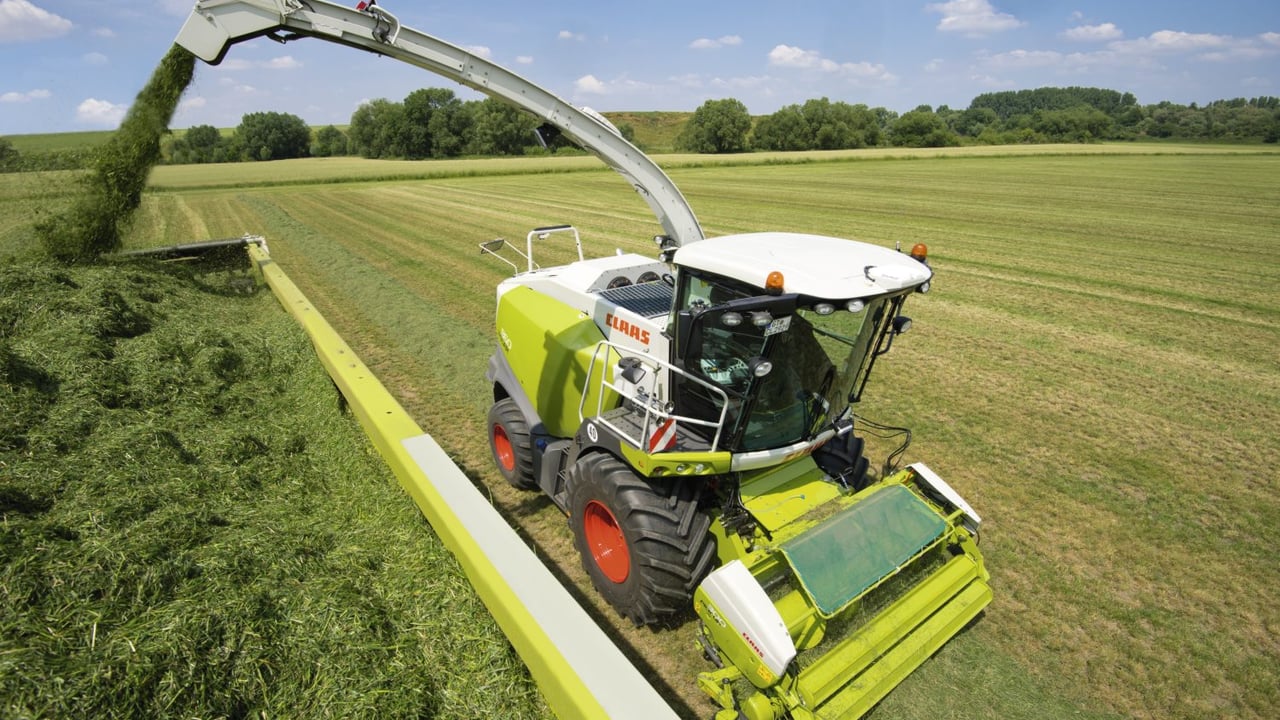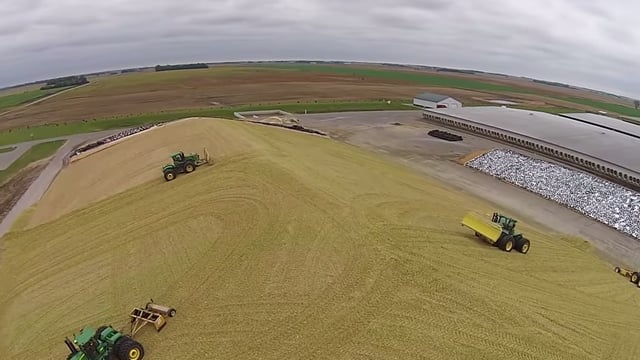10 tips to ensure your silage pit is in tip top shape
With the silage season now upon us, it is important to ensure that the silage pit is in good condition before packing it with grass, according to Teagasc.
Tom Ryan says that before silage making commences, defects or problems must be remedied to ensure all silage effluent is collected and safely conveyed to storage.
The condition of the silage pit is the most important factor in deciding what needs to be done. This can only be assessed by washing and thoroughly checking the pit for defects and problems, he says.
Regular maintenance of the silage pit ensures that minor problems are tended to while still minor and where problems are more serious, a decision must be made on the appropriate remedy, Ryan says.
Here are 10 tips to ensure that the silage pit is in good condition before it is filled:
Inspection and repairs
Joints/ Cracks
- Check joints to make sure the sealant is in place and doing its job. It must be replaced where it has been pulled out or where it is no longer bonded to the sides of the joint.
- Where the joint/crack is narrow and shallow, it is only necessary to prime the sides and use a sealant.
- Hot-poured rubberised bitumen is very suitable. Non-flexible blown bitumen (roof pitch) is brittle when cold and should not be used for sealing Joints/cracks in silage pits.
- Where sealants are used in wall joints/cracks gun applied sealants must be used. Cracks/joints which initially look narrow will often double in width when cut back to sound concrete.
- For holes in the floor, fill the hole with concrete, topping it off with the SBR repair mix and finish flush. Bond the repair at the edges with a slurry coat.




